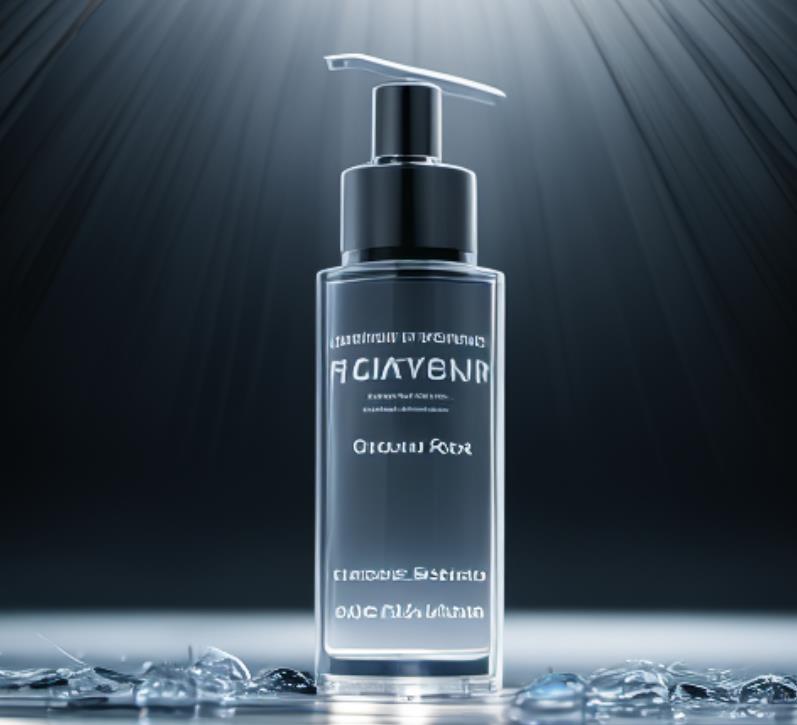Product Advantage:
1. Superior Water Purification: Our equipment utilizes advanced RO technology to effectively remove impurities, contaminants, and pollutants, ensuring the highest level of water purity and safety.
2. High Efficiency and Fast Operation: With its efficient filtration process, our equipment delivers a high flow rate, providing a continuous supply of purified water for various needs in a timely manner.
3. Space-Saving Design: The compact and space-saving design of our equipment allows for easy installation and integration into any environment, making it suitable for both residential and commercial settings.
4. Easy Maintenance and Longevity: The equipment is designed for hassle-free maintenance, with user-friendly features that simplify cleaning and filter replacements, ensuring long-lasting performance and durability.
5. Energy Saving and Eco-Friendly: Our equipment is designed with energy-efficient components and intelligent features that minimize energy consumption, reducing environmental impact and lowering utility costs.
Technical Parameters:
model | Water yield
T/H | Electric power
KW | Recovery
% | Primary effluent conductivity us/cm | Secondary effluent conductivity us/cm | EDI effluent conductivity us/cm | Raw water conductivity
us/cm |
RO500 | 0.5 | 0.75 | 55-75 | ≤10 | 2-3 | ≤0.5 | ≤300 |
RO1000 | 1.0 | 2.2 | 55-75 | ≤10 | 2-3 | ≤0.5 | ≤300 |
RO2000 | 2.0 | 4.0 | 55-75 | ≤10 | 2-3 | ≤0.5 | ≤300 |
RO3000 | 3.0 | 5.5 | 55-75 | ≤10 | 2-3 | ≤0.5 | ≤300 |
RO5000 | 5.0 | 7.5 | 55-75 | ≤10 | 2-3 | ≤0.5 | ≤300 |
RO6000 | 6.0 | 7.5 | 55-75 | ≤10 | 2-3 | ≤0.5 | ≤300 |
RO10000 | 10.0 | 11 | 55-75 | ≤10 | 2-3 | ≤0.5 | ≤300 |
RO20000 | 20.0 | 15 | 55-75 | ≤10 | 2-3 | ≤0.5 | ≤300 |
Product Uses:
1. Pharmaceutical and Biotechnology: The pharmaceutical and biotechnology industries rely on our RO equipment to produce purified water for drug formulation, laboratory testing, and manufacturing processes, ensuring compliance with strict industry regulations.
2. Dialysis Centers: Dialysis centers utilize our RO systems to produce high-quality water for hemodialysis treatments, removing impurities and maintaining the safety and effectiveness of the procedure.
3. Hotels and Resorts: Hotels and resorts use our RO equipment to provide guests with purified water for drinking, bathing, and recreational facilities, enhancing guest satisfaction and promoting a luxurious experience.
4. Food Processing: The food processing industry relies on our RO systems to ensure the purity and safety of water used in various stages of production, such as ingredient preparation, cleaning, and sanitation.
5. Municipal Water Treatment: Our large-scale RO systems are employed in municipal water treatment plants to purify water from natural sources, providing clean and safe drinking water to communities on a large scale.

Product Operate Guide:
1. System Start-up: Ensure proper power supply and water connections, open the necessary valves, and allow the system to flush and stabilize before using the purified water.
2. Operation Monitoring: Regularly check pressure gauges, flow meters, and other indicators to monitor system performance. Adjust settings if needed to maintain optimal operation.
3. Filter Maintenance: Follow the manufacturer's guidelines to replace pre-filters and post-filters at recommended intervals, ensuring efficient filtration and preventing clogging.
4. Membrane Cleaning: Periodically clean the RO membrane using manufacturer-approved cleaning solutions or procedures to remove accumulated fouling and maintain filtration effectiveness.
5. System Shutdown: When not in use or during maintenance, close water supply valves, drain the system if necessary, and properly store components to prevent contamination or damage.
FAQ:
1. How long does it take to produce a gallon of purified water with an RO system?
The production rate varies depending on the system's size and specifications, but typically, it takes around 1-3 hours to produce a gallon of purified water.
2. Can an RO system remove hardness from water?
Yes, RO systems can remove hardness minerals, such as calcium and magnesium, improving water softness and reducing scaling issues.
3. Can I use the RO system during a power outage?
RO systems typically require electricity, so they may not operate during a power outage. However, some models equipped with a storage tank and backup power source can provide limited access to purified water during power interruptions.
4. Can an RO system remove chlorine from water?
Yes, an RO system effectively removes chlorine and its byproducts, improving the taste and odor of water.
5. Are there any special considerations for maintaining an RO system in areas with hard water?
In areas with hard water, it is recommended to install a pre-treatment system like a water softener or scale inhibitor to protect the RO membrane from scaling and extend its lifespan.





























